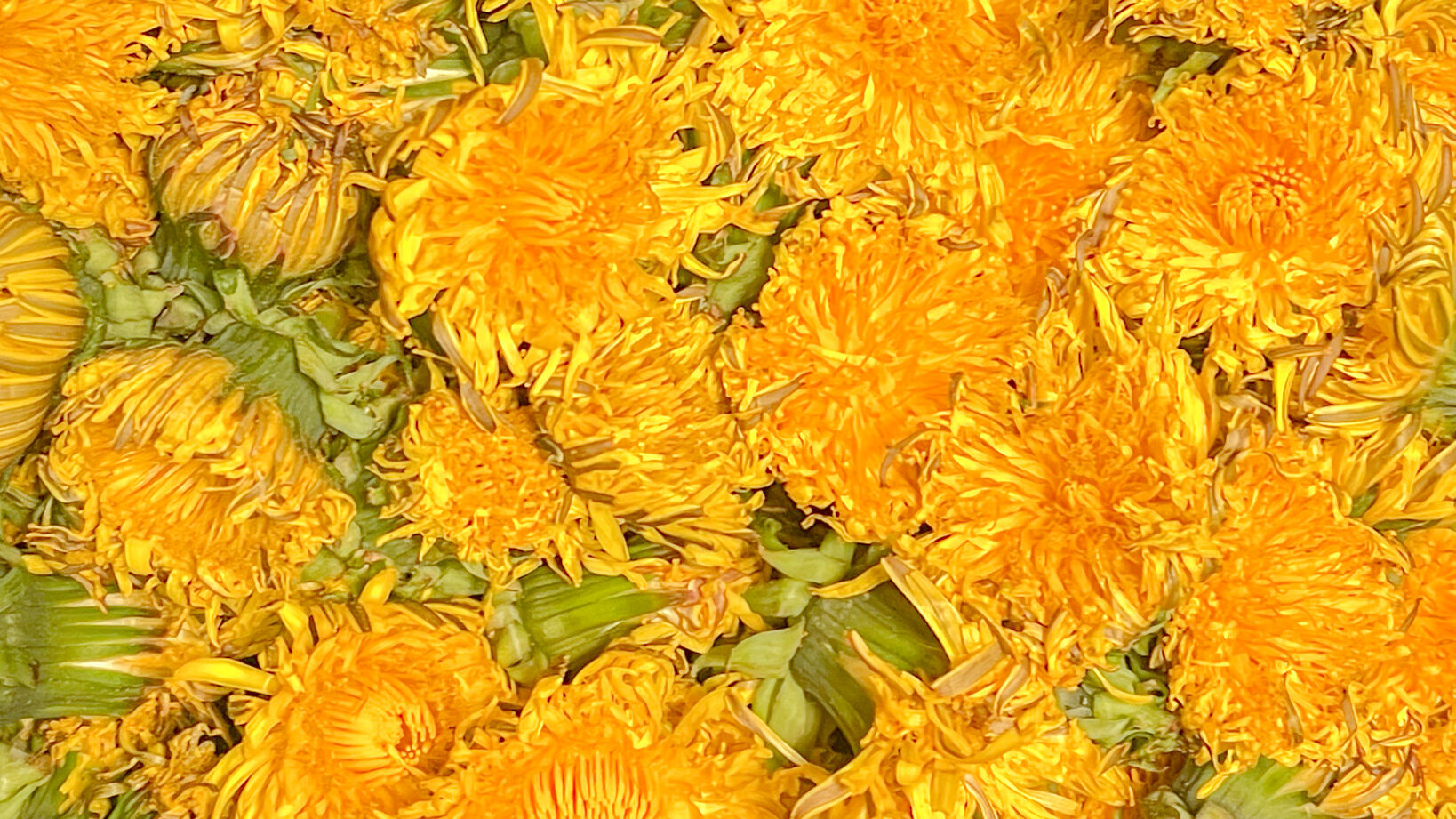
Wild edibles are all around us, but it can be challenging to know what plants are safe to eat, especially if you are newer to foraging. In this post, I'll show you some of the most common wild edibles, how to find them, and how to enjoy them.
Garlic Mustard

Garlic mustard is a wild edible that grows in the spring and summer. It has a strong horseradish flavor and is best cooked. Garlic mustard leaves are good when young (about 6 inches tall) but get more bitter as they grow larger. You can make pesto with them or use them to add flavor to salads or soups. The young stems are also edible. Try boiling them for 10 minutes before using them in salads or stir-fries!
Learn More: Foraging for Garlic Mustard
Nettles
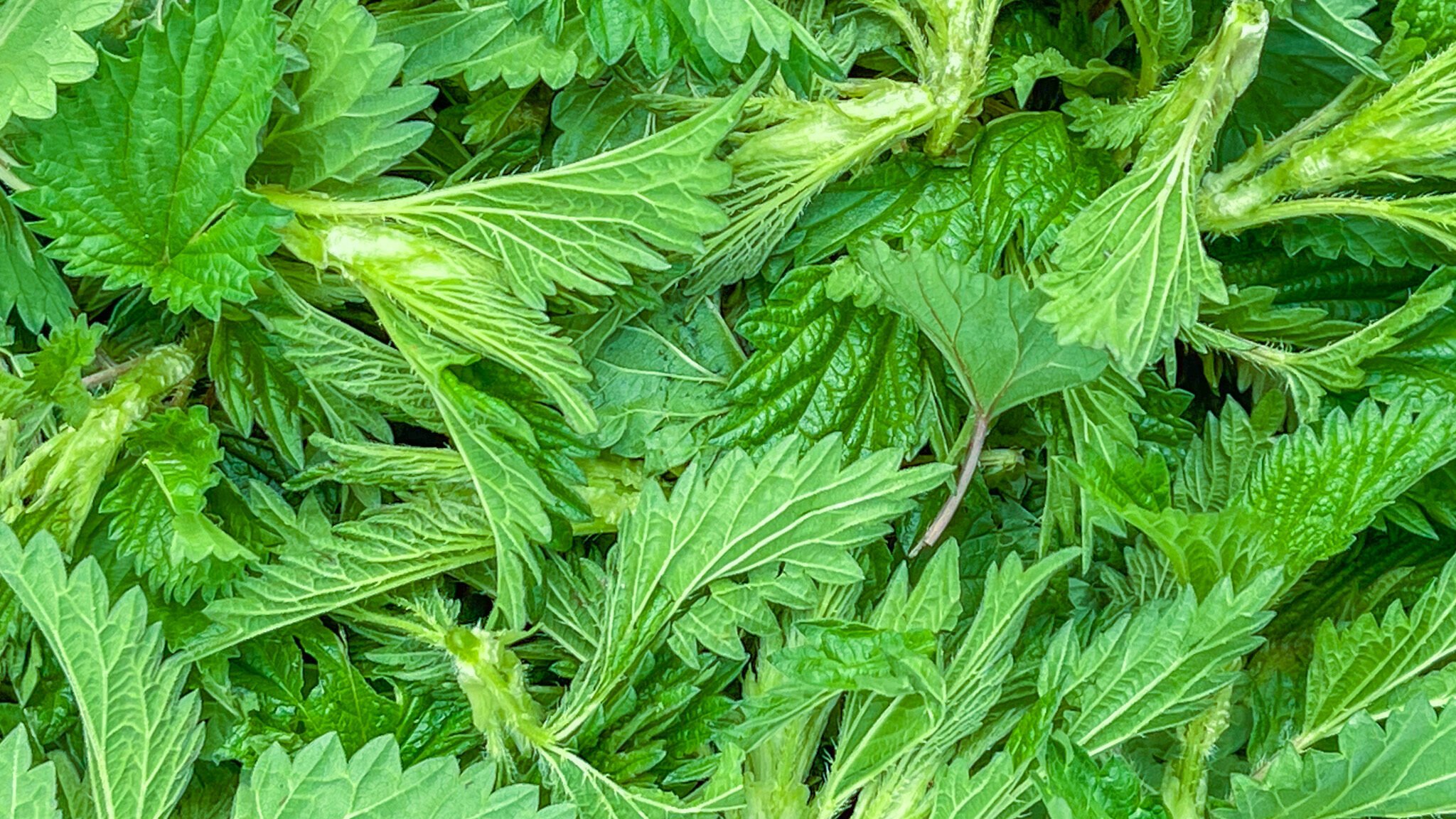
Nettles are a common wild edible, and they grow almost everywhere. They're easy to spot because their leaves are covered in tiny stinging hairs that will make your skin itch if you touch them without wearing gloves (which you should always do when cooking with wild edibles).
Learn More: Foraging for Nettles
Dandelion

Dandelion (Taraxacum officinale) is a good source of vitamins A, C, and K. The leaves can be used in salads or sauteed and have a slightly bitter taste that goes well with potatoes or other root vegetables, and the flowers are delicious when added to salads. In addition, the whole plant can be dried for tea. All parts of this plant are edible except for its milky sap, which may irritate the skin.
Get the recipe: Foraging for Dandelions
Ramps
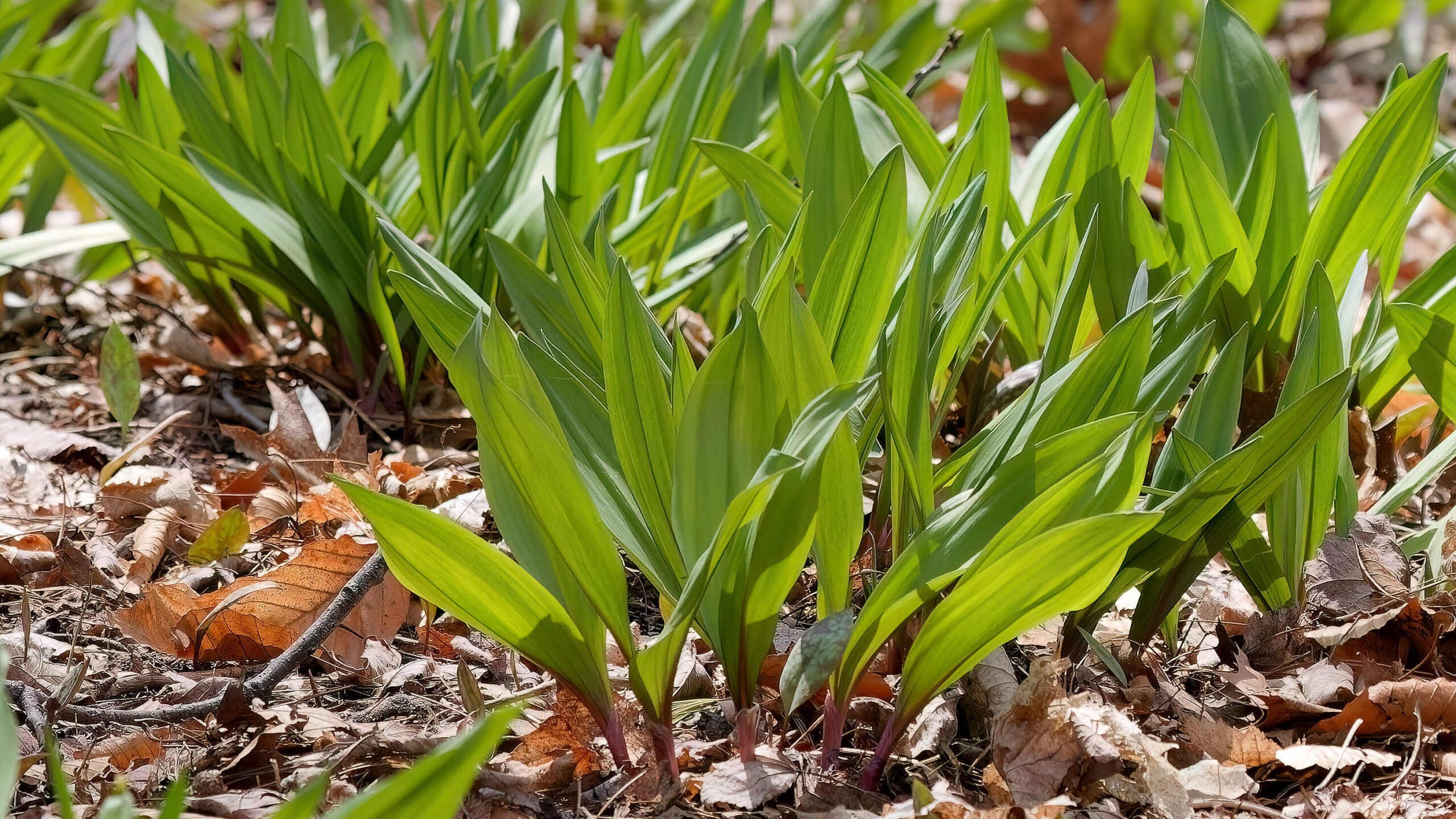
Ramps are one of the most popular wild edibles. They have a robust and garlicky flavor and are best when cooked lightly.
Ramps grow in spring, so you'll want to look for them in April or May. They're easy to spot: they look like green onions with more rounded leaves than regular onions' leaves. You can find them growing near forest edges or on hillsides where there's been some disturbance--they love disturbed soil!
To cook ramps, wash them thoroughly (you might want to wear gloves) and chop them into small pieces before adding them to whatever dish you make for dinner tonight!
Wild Raspberries
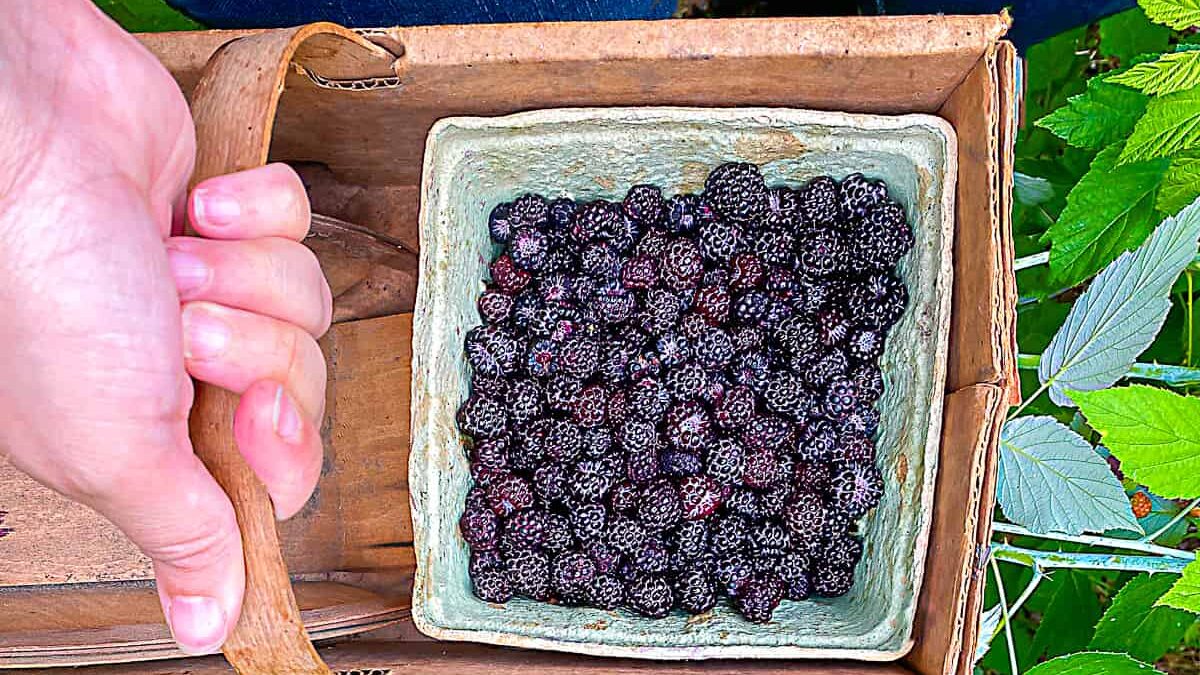
Raspberries are sweet and juicy, with a flavor similar to strawberries. They're great for making jam, jelly, or pie. Depending on your season, you can easily find raspberries growing in the wild in late summer and early fall. To identify them: look for red-colored fruit on thorny plants that grow low to the ground (usually under 1 foot tall).
Raspberries are also a good vitamin C, manganese, and dietary fiber source.
You can use raspberries to make a delicious jam or jelly or eat them fresh. If you want to preserve your berries for later use, follow these steps: 1. Wash and hull the berries (remove stems).
Get the Recipe: Wild Black Raspberry Jam
Lamb's Quarters
Lamb's quarters can be found in backyards, parks, roadsides, and abandoned farm fields. It grows in sunny areas with well-drained soil with little competition from other plants for water or nutrients. You can identify lamb's quarters by its triangular stems that grow from branching roots underneath ground level; when harvested at their peak, they'll have leaves up to 12 inches long (30 cm) with serrated edges along their length--they're also edible!
If you want this edible wild plant in your cooking, wash it thoroughly before using it raw in salads or sautéing until tender over medium heat with olive oil.
Clover
Clover is a common wild edible found in most parts of the world. It's also a legume with a sweet flavor and high protein content. Clover can be eaten raw or cooked, but because it's so delicate, you'll want to use it as an accent rather than primary dish material.
You can use clover as part of salads, a garnish for soups, or snacked on as is. If you can access fresh honeydew melons during summertime (or even canned), add some fresh clover leaves with chopped mint leaves for an unexpected twist on this classic combination!
Plantain
Plantain is a weed that grows in the lawn. You can use plantain leaves as salad greens, sandwich wraps, or side dishes. The young shoots are edible raw but must be cooked before eating the larger leaves. Dried plantains can be ground into flour for baking or cooking with rice, beans, and cornmeal porridge called "posole" (POE-Sohl).
Purslane
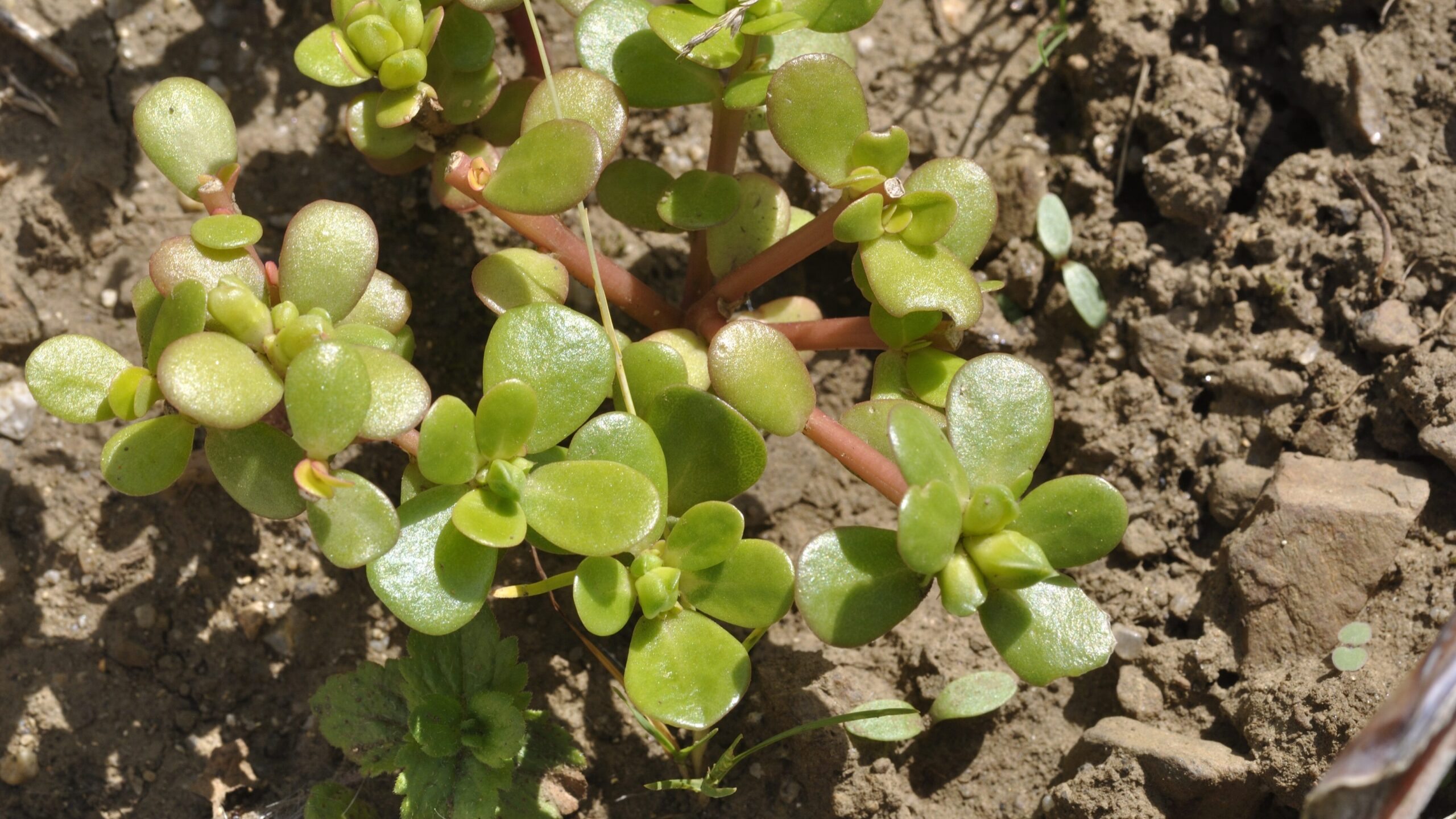
This common garden weed packs a punch! Purslane is a succulent that grows in many parts of the world with thick, fleshy leaves and small yellow flowers.
Its cucumber-like appearance and lemon-like taste can identify purslane. It can be eaten raw or cooked, is excellent in salads, and cooked in soups.
Spruce Tips

Spruce tips are a wonderful way to enjoy the outdoors and take advantage of the health benefits of harvesting wild plants. These tips can be harvested from spruce trees in the early spring.
Learn more: Foraging for Spruce Tips

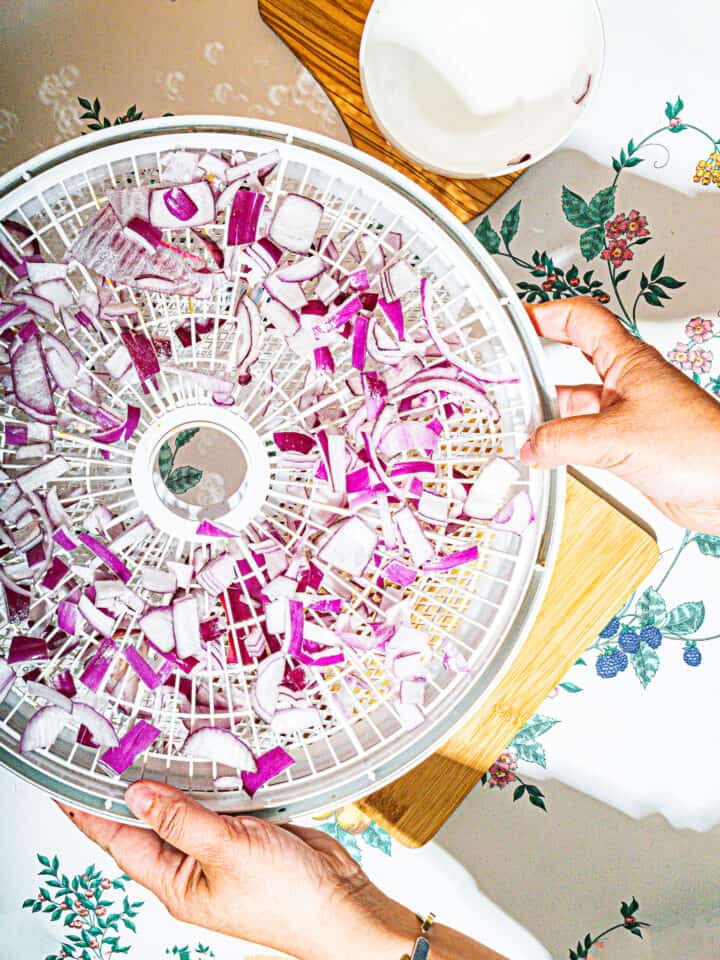
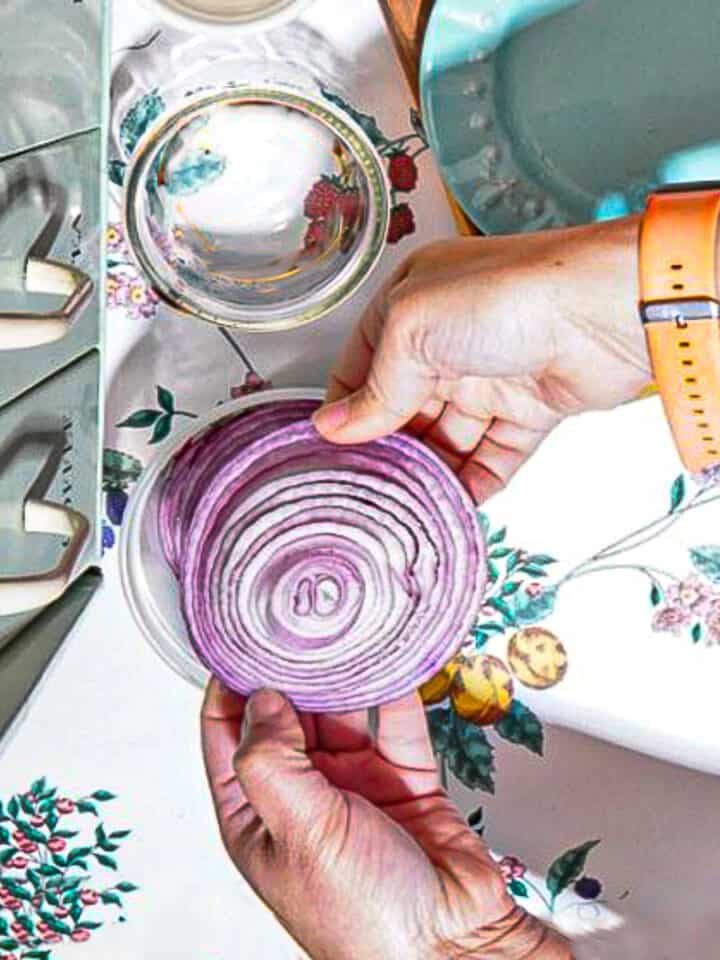

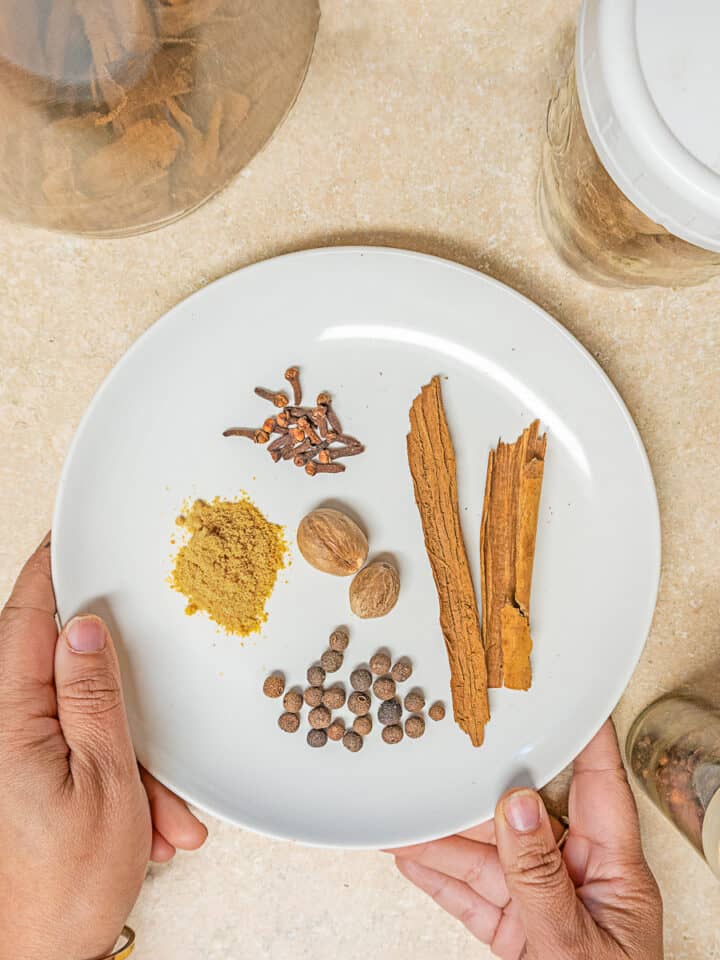

Comments
No Comments